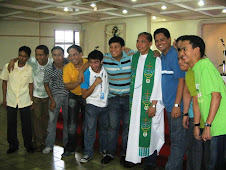




M.A.P.E.
Fully develop their total well being through various skill enhancing programs that will help them acquire a strong and sound body and stir up the appreciation and interest in music, arts and physical education and cultural heritage. The program aims to provide the Ignacian-Marian learners with meaningful educational experiences that will enable them to become active agents of change in our society.

+119.jpg)





